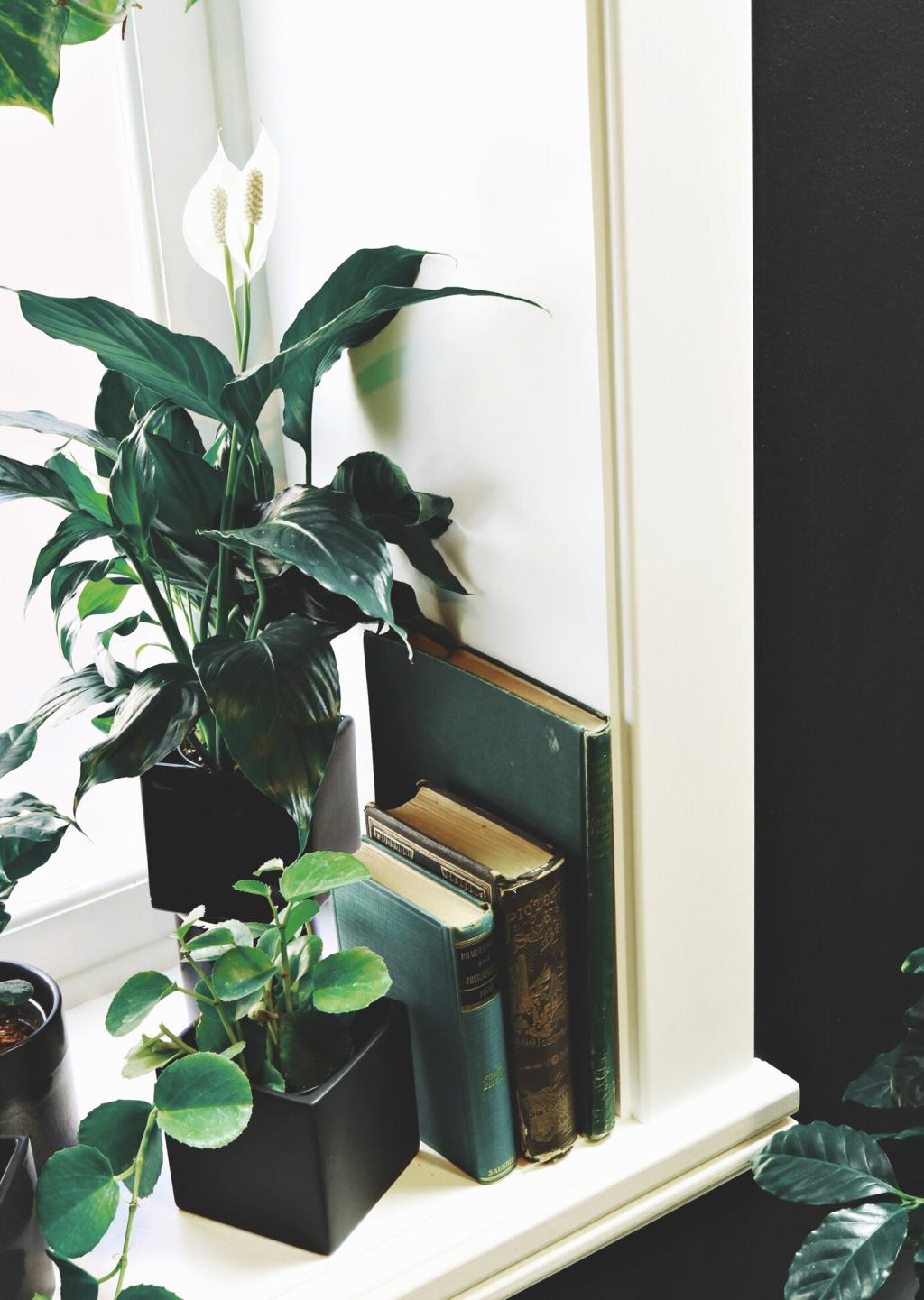Sustainable living isn’t just about energy-efficient lighting or recycled furniture—it’s about every detail in your space. One of the most effective ways to create eco-friendly interiors is by incorporating green textiles. These innovative fabrics unite high-performance qualities with responsible sourcing and manufacturing practices. They deliver both comfort and style while supporting the health of the planet. As designers and homeowners look for ways to lower their environmental impact, green textiles stand out as a compelling solution. This page explores the evolution, features, applications, and future of environmentally conscious textiles in the realm of interior design.
The Evolution of Sustainable Textiles
Centuries ago, the primary textiles used in interiors were derived from natural resources such as cotton, wool, and linen. While fundamentally renewable, the environmental impact of large-scale farming and processing raised questions about sustainability. Today’s innovations have led to bioengineered and upcycled materials that reduce the dependence on water, chemicals, and land. These alternatives often incorporate waste products or renewable crops, and advancements in textile science ensure these fabrics retain the softness, strength, and appeal needed for modern interiors.

Previous
Next
Key Features of Green Textiles
A defining feature of green textiles is their reliance on renewable and ethically sourced raw materials. These fabrics may be made from fast-growing plants like bamboo and hemp, agricultural waste, or recycled fibers. Responsible sourcing ensures that raw materials are cultivated or harvested using practices that protect ecosystems and local communities. Such commitment guarantees that the entire supply chain remains mindful of biodiversity, conservation, and ethical treatment, which contributes significantly to a reduced ecological footprint.
Applications of Green Textiles in Interior Design
Upholstery and Soft Furnishings
In sofas, chairs, cushions, and bedspreads, green textiles offer both practical and aesthetic benefits. These eco-friendly fabrics bring vibrant colors and rich textures to living rooms, bedrooms, and lounges without resorting to synthetic or polluting manufacturing processes. Designers can select patterns and weaves that complement any décor style, while the robust, easy-care nature of these textiles ensures lasting beauty. Incorporating sustainable upholstery is one of the most tangible ways to green living and working spaces.
Window Treatments and Wall Coverings
Draperies, blinds, and textile wall panels significantly impact the ambience and energy efficiency of interiors. Green textiles for window treatments can regulate light, privacy, and temperature, sometimes incorporating recycled PET or naturally insulating fibers. For wall coverings, organic and recycled fabrics add warmth and visual interest while improving acoustic comfort. These innovative applications extend the scope of eco-friendly textiles beyond the realm of furniture, enriching the sensory experience of interiors.
Acoustic and Functional Solutions
Green textiles are increasingly employed as acoustic panels, room dividers, and other functional elements. Their unique properties help control noise, provide privacy, and enhance the usability of open-plan spaces. Made from recycled or biodegradable fibers, these functional solutions rival conventional materials in performance while offering a gentler environmental impact. Forward-thinking designers are using such textiles not only to address practical requirements but also to reinforce a project’s sustainability narrative.
